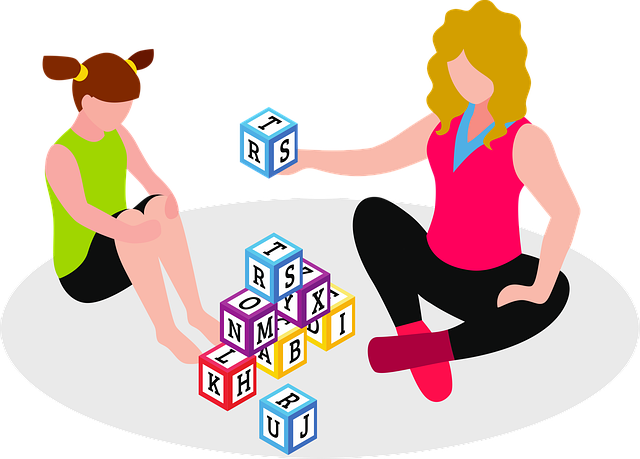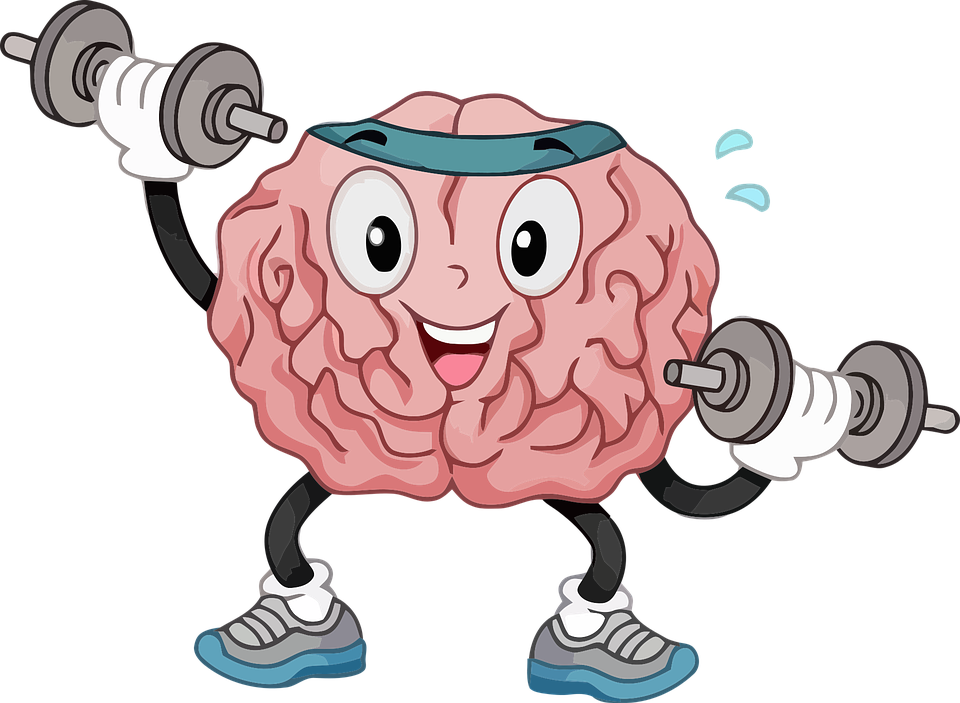The term “high-functioning autism” is not a recognized medical diagnosis. It’s an ad hoc term used by some to describe individuals with autism spectrum disorder, or ASD, who are capable of speaking, reading, writing, and managing daily living activities including dressing and eating. They are able to live on their own.
A developmental brain condition, autism encompasses a wide spectrum of symptoms, varying in severity. Individuals who suffer from the illness fall within the “autism spectrum.” While some people have severe disabilities, others could just have minor symptoms. IQ ranges can also differ greatly.
Symptoms of high-functioning autism
While they can vary, the symptoms of low-support children and adults with autism typically fit into particular groups.

- Being overstimulated by stimuli
- unable to recognize or understand social cues
- Mood or anxiety disorders
- Organizational difficulties Emotional regulation issues
- Variations in spoken communication
- Difficulties in having back-and-forth conversations and in maintaining social interactions
- Self-stimulating activities (stims) and repetitive actions
- restricted interests
- extremely perceptive
Some individuals with high-functioning autism only encounter minor difficulties in their daily lives as a result of these symptoms. Some discover that they need assistance with specific elements of their lives, such as working and socializing, because of these symptoms.
Variations in Sensations
Also known as sensory overload, sensory processing disorder affects a large number of individuals with autism. For an individual with HFA, strong tastes, scents, crowded places, bright lights, noise, and physical contact can all be intolerable.
Individuals who suffer from sensory overload may find it difficult or even unbearable to engage in some activities, such as dining out, watching movies, and shopping. Simple tasks such as donning socks or receiving a hug can provide difficulties for an individual with sensory processing disorders.
An autistic person will never grow out of these sensory impairments. An adult with autism will still experience sensory sensitivity issues if they did so as a youngster.
Social Uncomfortableness

Individuals with HFA may find it difficult to read body language and social cues.4
People who suffer with HFA may find it difficult or confusing to engage with people because they struggle with:
- Recognizing suitable salutations
- recognizing when to let others speak
- controlling their voice’s loudness and tone
For those with autism, social awkwardness can be a significant barrier to dating, finding and maintaining a job, and forming friendships.
Depression and Anxiety
People with autism, even those who have been classified as “high-functioning,” frequently struggle with anxiety, sadness, and other mental health issues. Actually, research indicates that compared to the general population, those with HFA may have a higher diagnosis rate for mood disorders.
Why these illnesses are related is unknown. According to some experts, there may be a genetic or environmental component between mental health disorders with autism. It’s also likely that anxiety and despair are caused by the prejudice and social rejection that persons with autism experience.
Executive Planning Difficulties
The abilities humans have for planning and organizing their life are referred to as executive functioning. This covers things like creating and adhering to timetables or using a timeframe to finish a lengthy project.

A lot of HFA sufferers struggle with executive functioning. They could struggle to take care of household items (like cleaning and grocery shopping) and find it difficult to adjust to even small adjustments in their work or school routine.
Dysregulation of Emotions
Extreme emotions can be felt by those who have autism. Sometimes it seems like they overreact, and other times it seems like they underreact.
An autistic person may find it difficult to regulate their reaction when something unexpected occurs since the shift elicits powerful emotions in them. It may be difficult for them to move from one situation or activity to the next.
For instance, if there is an unplanned change in plans, a person with high-functioning autism may cry or become upset if their routine is disturbed.
Challenges in Verbal Exchange
Generally speaking, a high-functioning autistic youngster won’t have any trouble understanding English. They might not find it difficult to learn things like vocabulary, grammar rules, and individual words; in fact, they might even excel at them.8
However, problems may arise when language is used as a means of communication. A person with HFA may find it difficult to comprehend idioms, metaphors, or sarcasm—what is referred to as “pragmatic” language.

Speaking may be difficult for certain HFA patients when they feel anxious or overwhelmed.
Which phases of autism spectrum condition exist?
- Level 1: People who might just require a little assistance in developing and maintaining social skills, self-care, behavior management, and everyday life abilities. Those with a level-1 diagnostic may exhibit mild maladaptive behaviors that don’t interfere with their everyday activities or those of others.
- Level 2: People who might require additional assistance in order to improve their social, play, daily living, self-care, and behavior control abilities. Individuals with a level-2 diagnosis may exhibit more severe maladaptive behaviors that disrupt their daily routine and the routines of others.
- Level 3: People who require substantial assistance in order to acquire social, play, communication, everyday living, self-care, and behavior control abilities. Those with a level-3 diagnosis may exhibit significant maladaptive behaviors, such as increased aggression or self-harming tendencies. A level-3 diagnosis will also result in much more skill deficiencies.
Diagnosis
No blood test or other laboratory test is able to identify autism. To rule out other disorders, a doctor may suggest specific tests based on a patient’s symptoms. For instance, a medical expert might suggest doing blood testing to check for infection symptoms in a child or doing brain scans to check for damage.
A doctor will first inquire about a patient’s medical history before evaluating them for typical autistic symptoms. To be eligible for a diagnosis, they have to fulfill specific diagnostic requirements. Even in those with pronounced disorders, just one or two indications and behaviors linked with autism is insufficient.
Treatment options for high-functioning autism
Nutritional Measures
Although there is little data to support the usefulness of nutritional therapies, some people with high functioning autism may benefit from them. Dietary therapies entail altering a person’s diet in order to treat particular autistic behaviors or symptoms.

The gluten-free, casein-free (GFCF) diet, which forbids the consumption of anything containing gluten (found in wheat) or casein (found in dairy products), is one dietary strategy that is frequently discussed. Despite conflicting scientific evidence, some parents and professionals think that this diet can lessen several behaviors associated with high functioning autism.
It’s crucial to remember that, in order to make sure the person’s nutritional needs are met, it is advised to speak with a healthcare provider or a certified dietitian who specializes in autism before beginning any dietary changes.
Behavior Analysis in Practice (ABA)
A well-known therapeutic strategy for people with high functioning autism is applied behavior analysis (ABA). ABA is centered on applying learning theory concepts to comprehend and change behavior. The goals of this research-based therapy are to enhance social interactions, adaptive behaviors, and communication abilities.
In ABA therapy, difficult tasks are broken down into smaller, more manageable steps, and desired behaviors are reinforced with positive reinforcement. Individuals with high functioning autism might learn new abilities and lessen problematic behaviors by continuously rewarding these behaviors.
Therapy for Speech and Language
Speech and language therapy is essential to the treatment of high functioning autism because one of the main challenges faced by people on the autistic spectrum is frequently communication issues. The goal of this therapy is to enhance speech production, comprehension, and social communication, among other language and communication abilities.

When treating high functioning autism, speech and language therapy may use a variety of methods, including:
- Speech therapy: The goal of speech therapy is to increase the fluency, articulation, and clarity of speech. Vocal expression exercises, speech sound practice, and speech muscle strengthening exercises are a few examples of techniques.
- Language therapy: The goal of language therapy is to improve a person’s ability to communicate both receptively and expressively. Enhancing vocabulary, understanding nonliteral language, sentence structure, and pragmatic language (i.e., social language abilities) are some of the activities that may be included.
- Training in Social Communication Skills: This area of speech-language therapy is concerned with enhancing awareness of social signals, nonverbal communication, and social interaction. It involves instructing people on how to perceive emotions, start and sustain conversations, and behave appropriately in social settings.
Occupational Therapy
An additional effective treatment option for those with high functioning autism is occupational therapy. The development of skills necessary for everyday functioning, self-care, and general independence is the main goal of this therapy. Occupational therapists assist people with issues pertaining to motor abilities, adaptive behaviors, and sensory processing.
When treating high-functioning autism, occupational therapy may involve:
- Sensory Integration treatment: This type of treatment helps people who have trouble integrating or regulating their sensory input by giving them sensory experiences. It seeks to lessen sensory sensitivity, increase focus and attention span, and improve sensory modulation.
- Development of Motor Skills: To encourage independence and involvement in everyday activities, occupational therapists focus on the development of fine motor skills (such as handwriting, using utensils) and gross motor abilities (such as coordination, balance).
- Self-care Skills Training: To promote independence and self-sufficiency, this entails teaching people the fundamentals of self-care, such as grooming, clothing, and personal hygiene.



